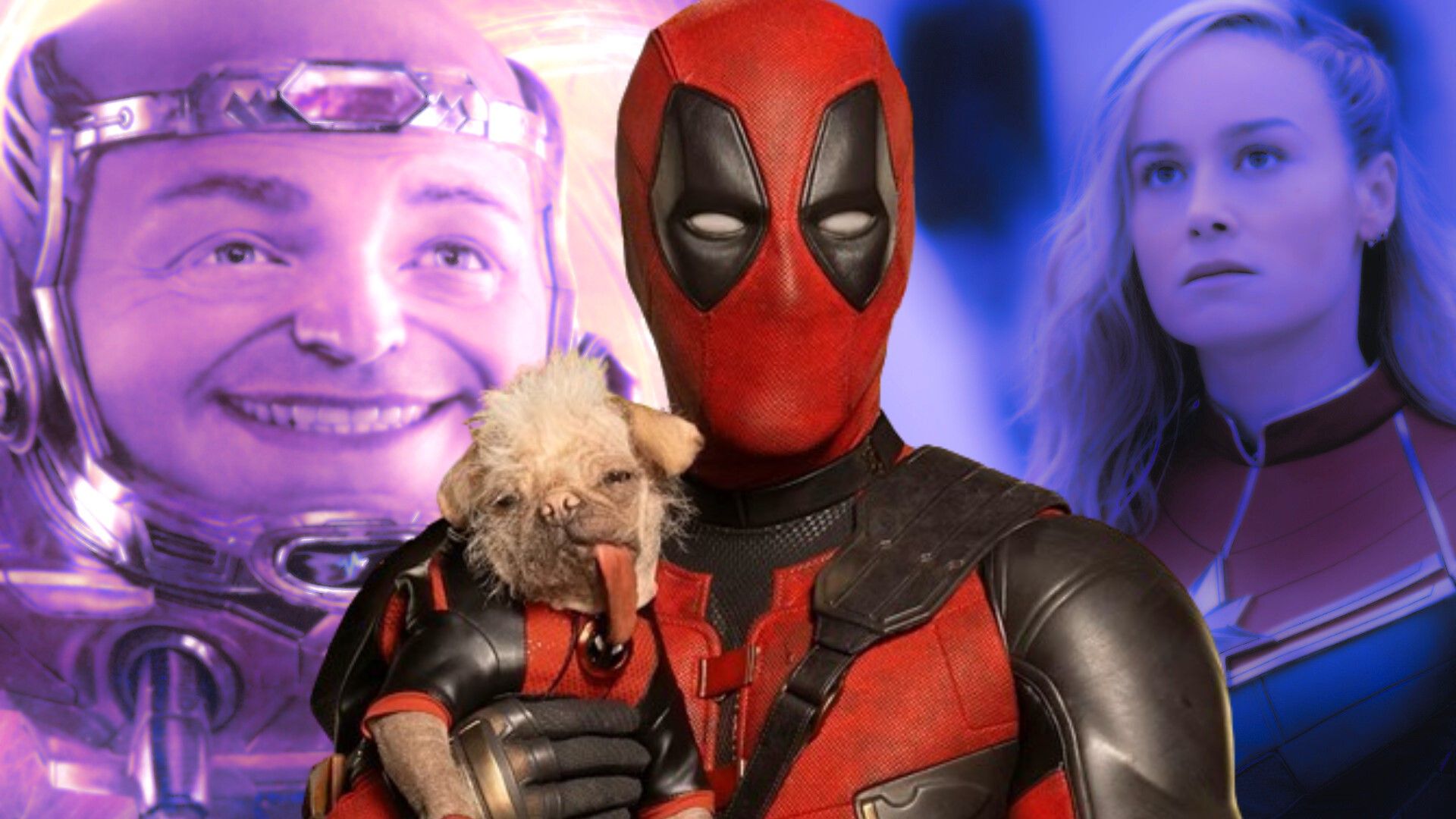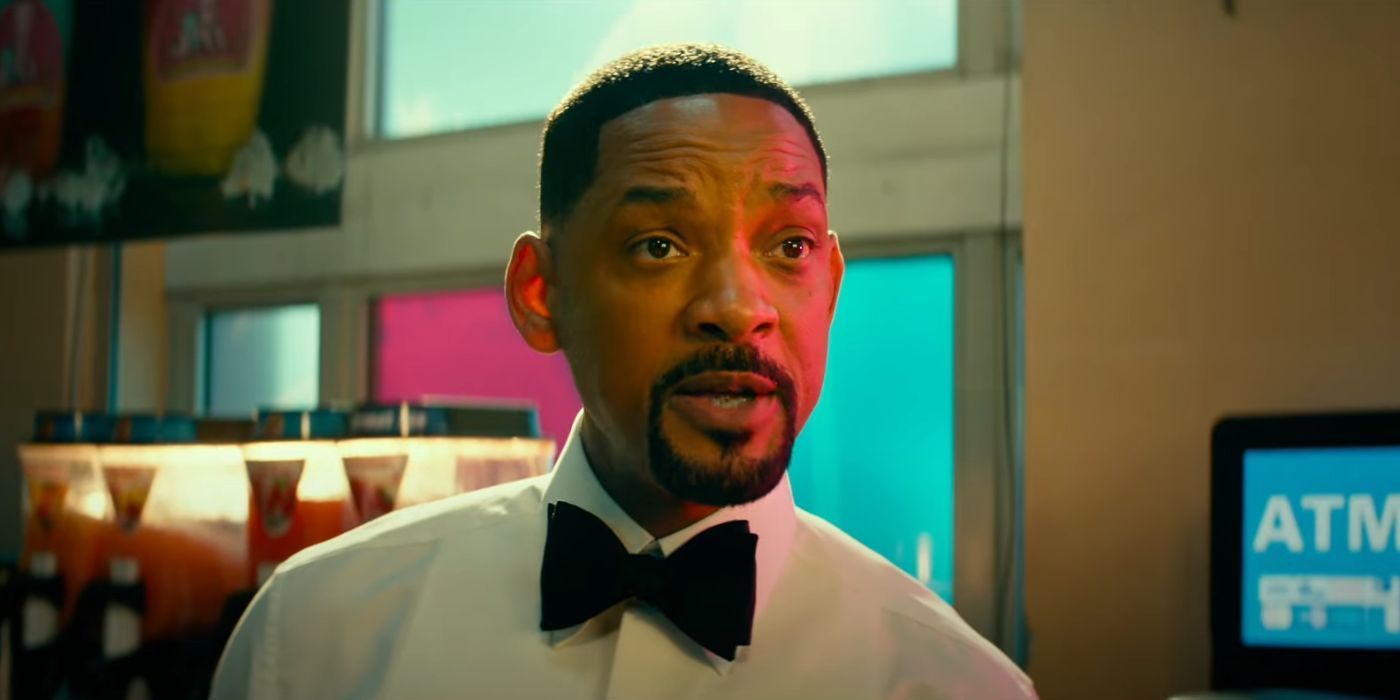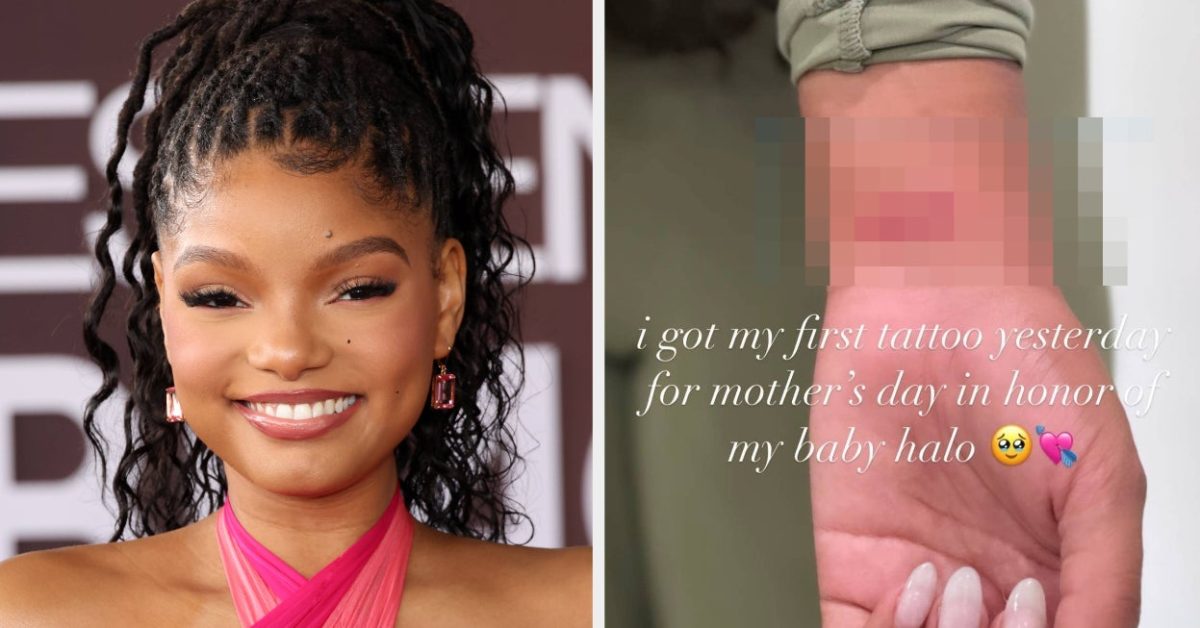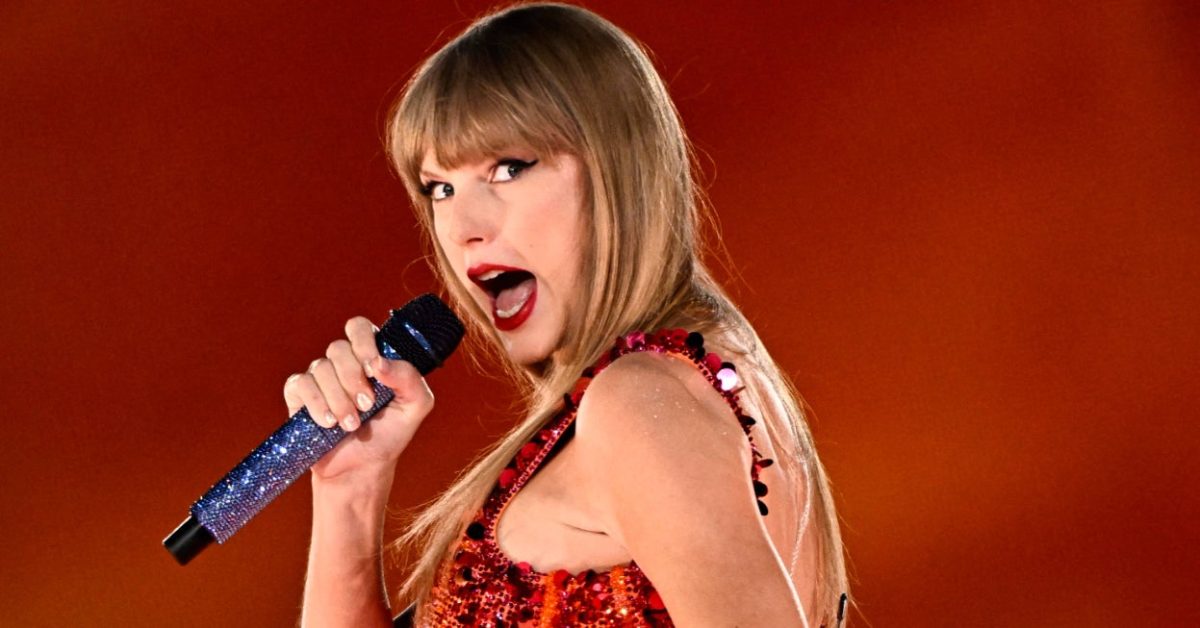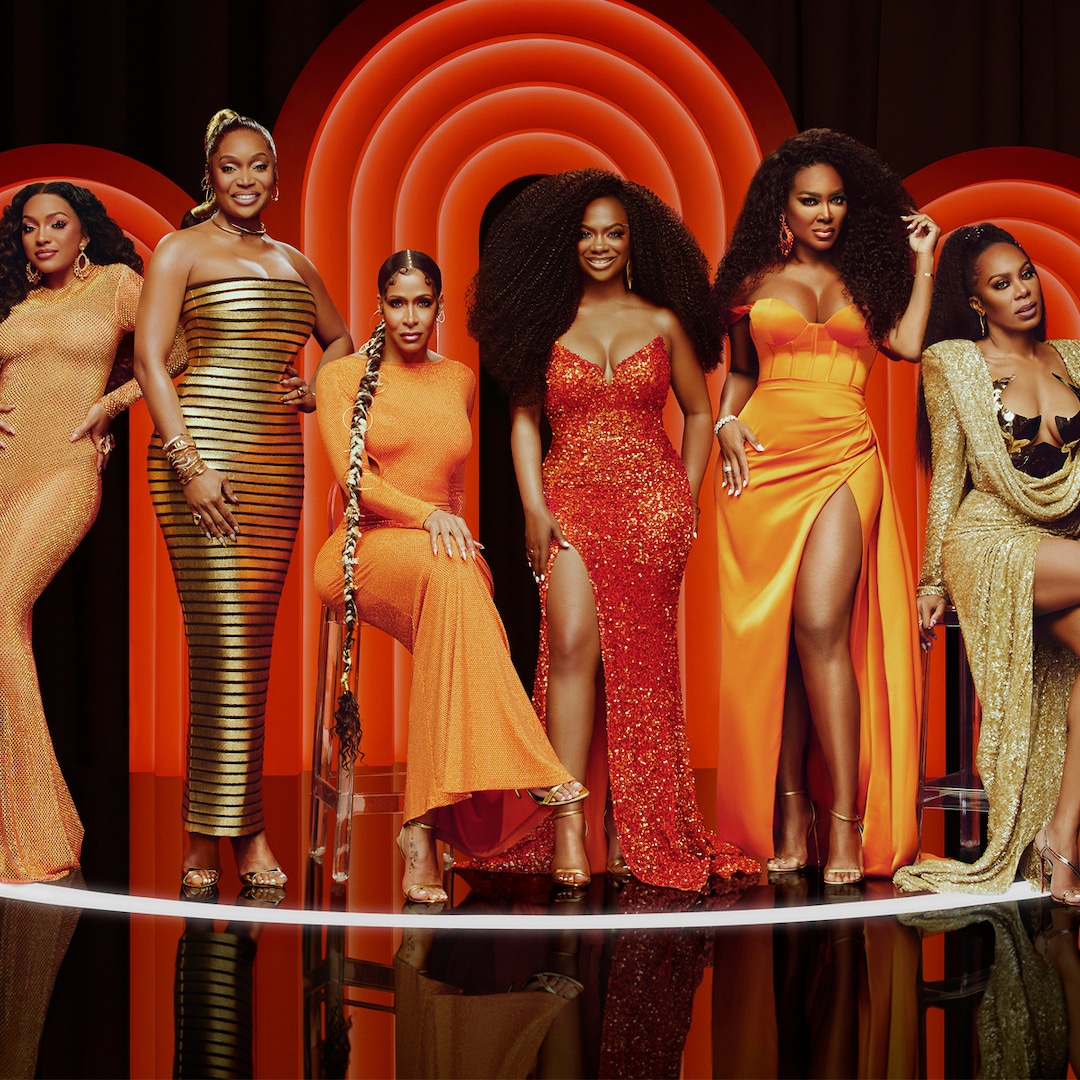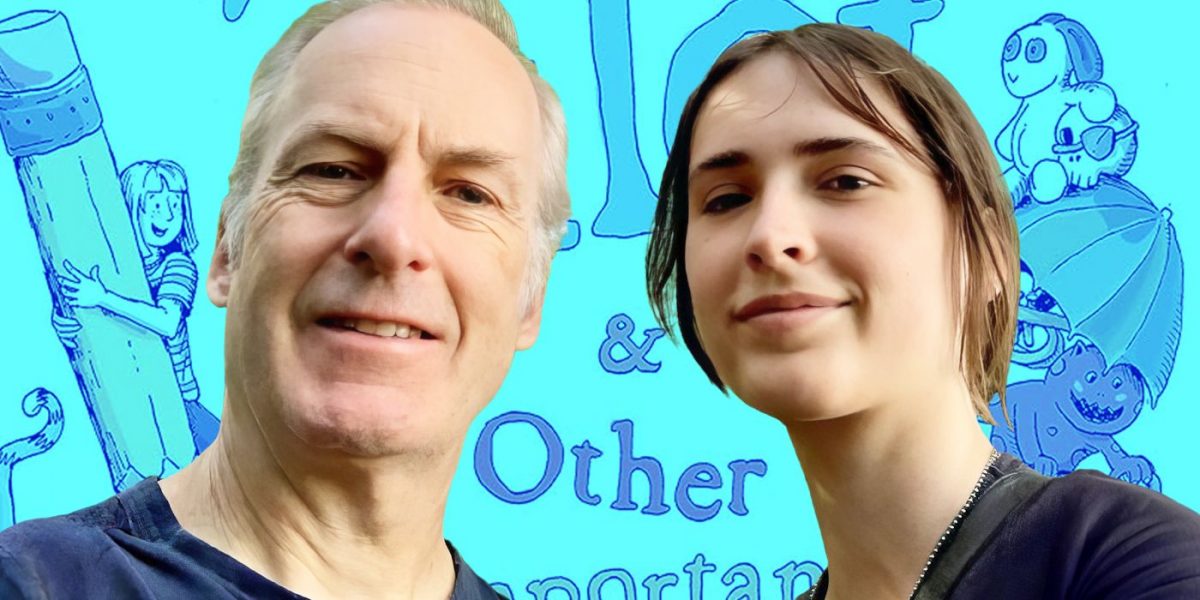
Bob Odenkirk and Erin Odenkirk on Their ‘Zilot & Other Important Rhymes’ Poems
Oct 10, 2023
The Big Picture
Zilot & Other Important Rhymes is a heartfelt family project that started with Bob Odenkirk writing poems with his children and has now become a published book with illustrations by his daughter Erin Odenkirk. The book is a result of collaboration and revisiting old poems during pandemic quarantine, capturing the essence of childhood and encouraging kids to try new things even if they fail. The Odenkirk family grew up in a creative and critical household, where artistic expression and constructive criticism coexisted, shaping their love for art and writing.
The children’s book Zilot & Other Important Rhymes is a family affair, with actor Bob Odenkirk having started writing poems with his children when they were little and compiling them into their own homemade binding. Almost twenty years later, pandemic quarantine led to revisiting this work, coming up with some new ideas, and a now adult Erin Odenkirk creating illustrations to bring these characters to life on the page.
During this interview with Collider, Bob Odenkirk and his daughter Erin talked about how special this shared family experience was, ensuring that all the poems felt like kids were really involved with writing them, growing up in a household that was both creative and critical, the importance of encouraging a willingness to try even if you fail, the decision to use a made-up word for the book’s title, bringing these characters to life through illustrations, the books that made the biggest impression on their own lives, and their hope that they’ll get to collaborate on something again, in the future.
Collider: I love the whole idea of this book and what it represents. Some of my favorite childhood memories are of my mother reading to me, in all sorts of different voices. She read me a lot of Dr. Seuss and Shel Silverstein, which this reminds me a lot of, and I think it’s really cool that you have this to share with each other and with the world now.
BOB ODENKIRK: Thank you. We certainly feel the same way. I’m thrilled with how it turned out. Erin was a kid when we wrote these, and her brother, as well. And then, here she is, a grown-up and an artist who did these beautiful drawings.
Bob, when you originally wrote these poems together, did you ever think they were going to get published someday? Was that something you’d thought about at all, or were you just having fun and were proud of your kids?
BOB: I thought the chances were very small, but possible. Here’s what I knew, I knew that we’d probably written 50 or 70 of them, and I knew that a couple of them were good. As it turns out, I counted, there are 13 poems in this book that are pretty much identical to what we wrote. And then, there are another 15 that are a version with a few lines changed or a new stanza. There’s almost 30 where there was an idea there that went somewhere and had a decent rhyme scheme. And then, there are another 20 that are derived from loose pieces from those poems. And then, there are another 15 or whatever that are completely new, from the last four years. I knew some of them were pretty good and would either inspire me to rewrite them or write new ones based on them, and I thought I would do that when I was a grandpa. But then, the kids were stuck in their rooms during the pandemic and they were grown up. Nate is a great writer. Erin is too, and she’s an artist. I said, “Let’s rewrite these. Erin, you do the art. Let’s get to it.” So, it really is because of the pandemic that we went and did it, but I did suspect that a few of them were good.
Was it ever hard to judge them? With your kids being involved, could you still be honest, in that way?
BOB: We had great help with Farrin Jacobs and Mary-Kate Gaudet, our editors at Little, Brown for Young Readers. They were deeply involved in the rewriting of these poems. We did probably four sessions, where we went through every poem at least three times and did line by line work on them. So, I did have an outside editor who was overseeing everything and that helped. If anything, I would say, all my life, I’ve written, and written with friends, and then had to rewrite. It’s not new to me to write something happily and excitedly, and then the next day go, “Oh, my God, this is a piece of shit.” I’m very used to that feeling, and it doesn’t scare me. If anything, one of the challenges was, if we did too much threshing of the material, to the point where you didn’t sense that it was also written with a kid, that would be a mistake. It should feel connected to what it was. And again, 13 of the poems are pretty much exactly what we wrote, but I was a little concerned about tightening them up to a point where you’d go, “Wow, a kid didn’t help with this.” I wanted to retain that feeling of, “Yeah, I can see where you had a seven-year-old involved with this.” My said loved the 99 Cent Store I would never write a poem about that, or even think to write one for a kid about that, but he loved going there because he could actually buy a few things, so he loved writing that poem. I wanted to keep some of the things that might have gotten cut, if we didn’t intentionally want to have some odds and ends that feel very kid like.
Erin, did you grow up in a home that was just always very creative and that encouraged imagination? Is it something that always felt like it was present in your life?
ERIN ODENKIRK: Yeah, absolutely. It was so present that I didn’t think of it that way. It just was what it was. I started taking art classes when I was 6, 7, 8. My mom came and took them with me and we’d write these poems. Me, my dad, my brother and I would draw all the time. Bob had these characters that he would perform for us and voices that he would do. So, I didn’t think, “Oh, I live in such a creative household.” I just felt like I lived in my household. Upon reflection, you’re very right.
BOB: But also, Erin, you lived in a critical household.
ERIN: That’s true, too.
BOB: There was a tension there, in that the kids would hear Naomi and I. Naomi’s a manager, so she’s constantly reading screenplays, and constantly talking about shows and screenplays and things that worked or didn’t work. I’m constantly criticizing pieces that I’m writing, or that other people have done. So, the kids had a tension of, “Make stuff. Go ahead. You can do it. You can be an artist. You can write,” and conversely hearing constantly critical comments. So, it was hard. It was actually tough, in a way.
Image via Little, Brown and Company
Especially because those seem like two things that are very much at odds with each other.
BOB: So much of the book is about encouragement to try and not be afraid to fail.
ERIN: Right, and not being afraid to fail is important because when you think of the creative, magical, whimsical household, there’s encouragement to try. But then, you add this other layer of critique and opinion and taste, and you get failure sometimes. This might be more of a reflection on an acceptance of that failure. To make art is good, to make great art is good, and to make bad art is also good.
What made you decide to go with a made-up word for the title of the book? I love the title. It’s obviously something that people are going to talk about and ask about. Was it just too good of a word not to put it on the cover?
BOB: The original piece was called Old Time Rhymes. There’s a picture in the book of the little notebook I made and I wrote, “Old Time Rhymes by Dad and Nate and Erin.” I would put our poems in that book and hopefully make them laugh with the idea that I was calling it old, like it had been around, when they knew it was just written that night. But what we saw was that a lot of the poems were about words, about not being afraid of words, and about writing your own stuff. Nate had invented this word, Zilot, for a blanket fort. He just started calling it a Zilot, and we just loved it. We loved that word. We had no idea where he got it, and it’s not related to anything that I can think of. We thought, “Wow, that’s one of the core themes of the book, so let’s call it after that poem.” Additionally, that poem is the one where I say something that I did say to the kids, about their Zilots. We would build a Zilot and I would say, “Be careful, don’t be too pushy or rambunctious, or you’ll compromise the integrity of the Zilot and knock it over.” I would use phrases like, “Compromise the integrity of the Zilot,” and then restate them in common, simpler language like, “You’ll knock it over.” I just did that a lot. So, that word was really indicative of the themes of the book.
Erin, I absolutely love the illustrations that you did for this. They’re just fantastic. Are they anything like the way you visually pictured these poems, as a kid? What was it like to get to bring your own childhood imagination alive in this way?
ERIN: That’s an interesting question. Not largely. Some of it, yes. The cat named Larry and his pet mouse that he carries, that make appearances throughout the book, are characters that feel very much from my childhood imagination. And maybe the old man with a hat on his foot and a shoe on his head. But it was a big reimagining. When I was 19, sitting down to draw these, there was a lot of trying to re-access that and figure out the best way to portray it, which might be totally different. An example of that is, in the poem, “Listen to Dr. Bluestone,” Dr. Bluestone was my actual doctor growing up. He was an old crotchety man, who was a good doctor, but he spoke in a very funny way. My dad, as soon as we would leave the office, would impersonate him and talk about how we needed to have more candy in our system, more fudge and more sugar because that’s just the silliest thing a doctor could ever say. And so, when we wrote the poem, “Listen to Dr. Bluestone,” the first idea was that it was a real doctor giving silly advice. And then, the funnier idea, that we moved it to, was that it’s a kid pretending to be a doctor. It’s a real character from my childhood, but reimagined, and I like our new Dr. Bluestone a lot more. She’s a lot sweeter.
Image via Little, Brown and Company
Bob, what was it like for you to see the illustrations that your daughter did for these poems?
BOB: Utterly delightful. I would say impressive because the thing that you see in a professional person’s work is a voice. You could break it down to things like pencil line strength or line width, and a shared energy between the drawings, and that was the thing I was most concerned about. So, I was thrilled that I felt that with her drawings. Choices had been made that were organic to and complemented the work, the writing, and the spirit of the writing, and those choices, while they have a diversity and a variance in them, also belong together. The piece “The Perfect Scribble” has quite a different drawing than everything else, and yet it still belongs in this book. That’s what you look for in a professional doing anything. It’s this feeling of an overall style choice that has been made, that works together and that works with some inertia.
I love the illustrations so much that I wondered whether you’d be making prints of the artwork and plush dolls of some of these characters.
ERIN: That’s so kind of you, thank you. We’re working on all of it and figuring it out.
Bob, how does it feel to see something like this out in the world, compared to when you released your memoir? Are both of those experiences cool? Is it hard to compete when it’s such a family affair?
BOB: Yeah. I love showbiz memoirs. That’s one of the reasons I wanted to write mine. I’ve had a variety of experiences because of a great deal of luck, and I wanted to share that energy and excitement with people. This is quite different. This is very personal. From my point of view, this is about sharing with your kids, in a gentle way, some of the things you think are important about living life and approaching life. This is a more heartfelt book than my memoir, which I think was almost purposefully shallow because showbiz is shallow, on some level, and that’s okay. It’s a lighthearted escapade in storytelling, my showbiz career. This is sharing more personal things. It’s a more personal journey and a more personal part of my life.
Image via Little, Brown and Company
Erin, what does this book represent to you? You’re still young, but there’s such a big difference between doing something as a child, and then having it come out at this point in your life? Is it something that you feel very connected to? Does it still feel very personal, or do you feel a little bit more separated from it now?
ERIN: It’s a mix of both. I feel both. When I see it in its hardcover version, on a shelf or in a photo or maybe in a bookstore, I get that dissociative feeling, but it’s not because it doesn’t mean a lot to me. It’s just because I cannot believe it. The process of working on this, starting from when I was six, and then in the last four years, taking it very seriously and putting a lot of effort into it, has been so long and I’ve changed so much and grown so much, and there have been so many gaps in between where we haven’t worked on it. Also, as an artist, I’m used to buying the supplies, framing the thing, and having a hand in every single part of it, so to just have an object appear on my doorstep in a mailbox one day was very bizarre. But when I sit down and think about my dad doing the Dr. Bluestone voice, or the books I read growing up that are in the bedroom of the kid in “Gooby,” that is an intense personal connection that I see in it.
Do you guys each have a book that you feel made the biggest impression on you, at any point, whether it’s something you read as a kid or even something you read when you were older?
BOB: I have 15 books, but I would go with On the Road by Jack Kerouac. I was raised Catholic. There’s a lot of Catholic mood in it, behind his voice. And of course, it’s about being excited about the world around you, and digging in and exploring and discovering with a joyfulness and a love for the vagaries of life.
ERIN: That’s a good answer. I was gonna give a kid’s book. I’ll give you two that are very different. I love Who Needs Donuts?, by Mark Alan Stamaty. That was a big one in our house. The illustrations in it are intense and thorough and precise and gorgeous, and I just would get lost looking for little hidden remnants in them all night. And then, Susan Meddaugh’s very short, lesser known book called Beast, about a little girl who meets a beast and isn’t afraid of him and welcomes him into her home. It’s just a very sweet story and, as a little kid, it opened me up to the idea of working through your fear, and also the idea of the other. Those two have stuck with me, both in their illustration and their story.
Personally, Winnie the Pooh was a big one for me because it was the first time that I realized a book could mean something different to you, at every point that you read it in life, which I thought was very cool.
BOB: That’s really neat. It makes me want to read Winnie the Pooh again.
Image via Little, Brown and Company
Now that you guys have done this project together, would you like to collaborate again? Have you talked about trying to find some way to work on something else together?
BOB: I certainly hope we get to do that, but I also think I have to leave my kids alone. They’re grownups now, who are 22 and 24. I just did a show with my son in Chicago, of sketches that I wrote and sketches that he wrote. I had a great time, and we had a blast. But I also have to give these kids space to live their lives.
ERIN: I’ll take the space, and then I’ll also do another collaboration, at some point. It was really fun. It means so much to me, and to dad, too. Getting to be half of this project with him was awesome.
Zilot & Other Important Rhymes is available everywhere books are sold.
Publisher: Source link
Halle Bailey Gets Halo Tattoo For Mother’s Day
Halle Bailey Gets Halo Tattoo For Mother's Day Halle Bailey is celebrating her first Mother's Day in a pretty significant way. On Sunday, she revealed she'd gotten a tattoo for her son, Halo, whom she shares with her rapper boyfriend,…
May 16, 2024
Soothe Sore Muscles With These Workout Aftercare Tools
The products featured in this article are from brands that are available in the NBCUniversal Checkout Marketplace. If you purchase something through our links, we get a commission. Although I hate to admit it, consistent exercise really does make me…
May 16, 2024
The Internet Can't Handle Taylor Swift's Alien Abduction Optical Illusion
It's giving Signs.View Entire Post › Disclaimer: This story is auto-aggregated by a computer program and has not been created or edited by filmibee.Publisher: Source link
May 15, 2024
Meet Real Housewives of Atlanta’s Newly Revamped Season 16 Cast
Attention, Bravoholics: Get ready to meet your newly revamped group of Georgia peaches. The Real Housewives of Atlanta's season 16 costars have finally been revealed amid a recent cast shakeup. Returning to the reality show after a two-season hiatus is Porsha Williams, who will…
May 15, 2024
